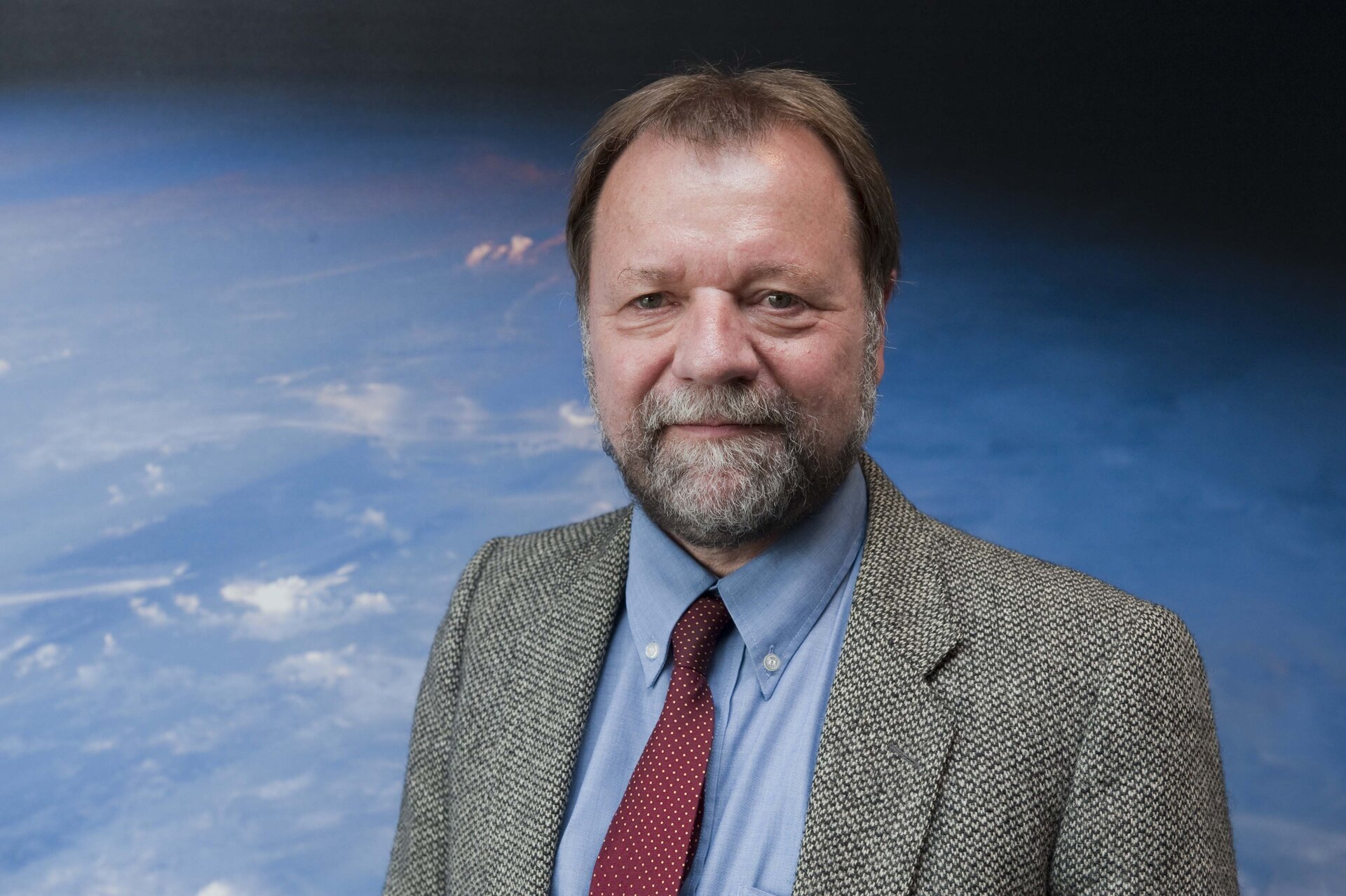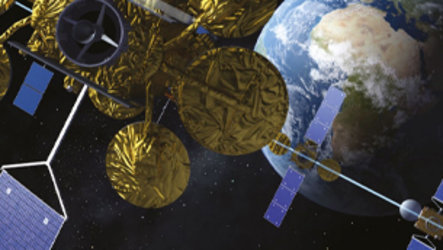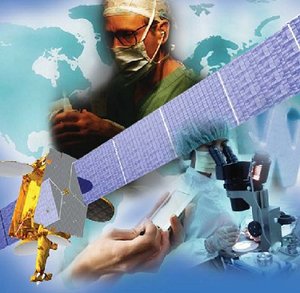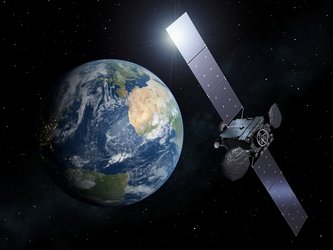“It’s been a privilege”: Felix Petz, Hylas-1 System Engineering Manager interview
Hylas-1 is more than just the satellite being launched into space this Friday, 26 November. As a commercial mission – ESA’s first public–private partnership to result in an operational mission – Hylas-1’s space segment must function perfectly in tandem with the ground and service segments to deliver an optimised service to paying customers of its operator, Avanti Communications.
Felix Petz is the member of ESA’s three-strong Hylas-1 team tasked with overseeing the complex Hylas-1 system as a whole, and troubleshooting any problems arising along the way.
What is your role on the Hylas-1 mission?
I oversee Hylas-1 system engineering management, looking at the end-to-end communication data handling and signal performance, its influence on data stream quantity and quality of service for the customer.
What have you most enjoyed about working on it?
To work with the Hylas-1 project manager and the other team members was not just a pleasure but a privilege. Apart from all the competent and very fruitful project-related discussions, we’ve worked to keep our team spirits very high despite setbacks along the way, encountered due to the various technical and schedule-related problems.
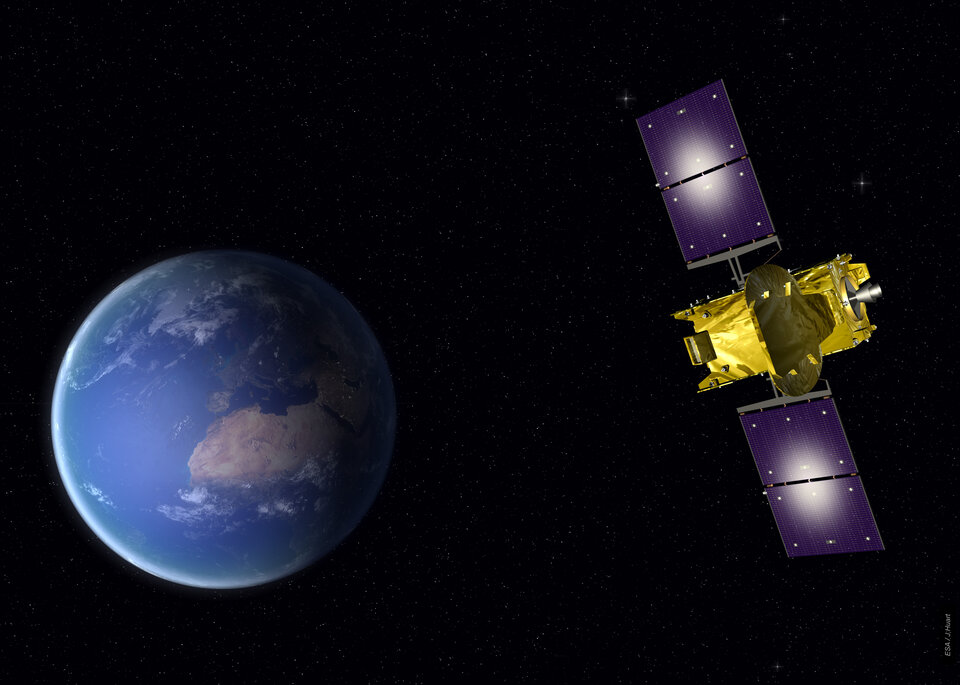
What was the greatest challenge?
Finding ways to troubleshoot payload-related technical issues and creating ‘work-around’ solutions for problems encountered the manufacture of the Hylas-1 payload, followed by the testing process in close cooperation with the rest of ESA’s Hylas-1 team, as well as Avanti Communications and our industrial partners.
What has been the most interesting element?
All the Hylas-1 payload and system elements have been interesting, making it difficult to pick a single one. Looking back over the years of work on the project, maybe the writing of specific software to understand the origin of problems we experienced and then to support finding a solution in the most economic work possible – it was a kind of detective work.

How much travelling was needed to keep up with the project?
To observe and support the Hylas-1 hardware manufacturing and test activities at EADS Astrium in Portsmouth required weekly trips there from ESTEC in Noordwijk, the Netherlands for a period of almost 16 months in total.
How did you get started in the space industry?
About 25 years ago I was hired by what was then Dornier in Germany to be Payload Engineering Manager on ESA’s ERS-1 radar Earth observation satellite, and went on to lead the instrument design team for the SIR-C/X-SAR Space Shuttle radar instrument, which was the German/Italian contribution to NASA’s Earth observation mission, producing global radar maps.
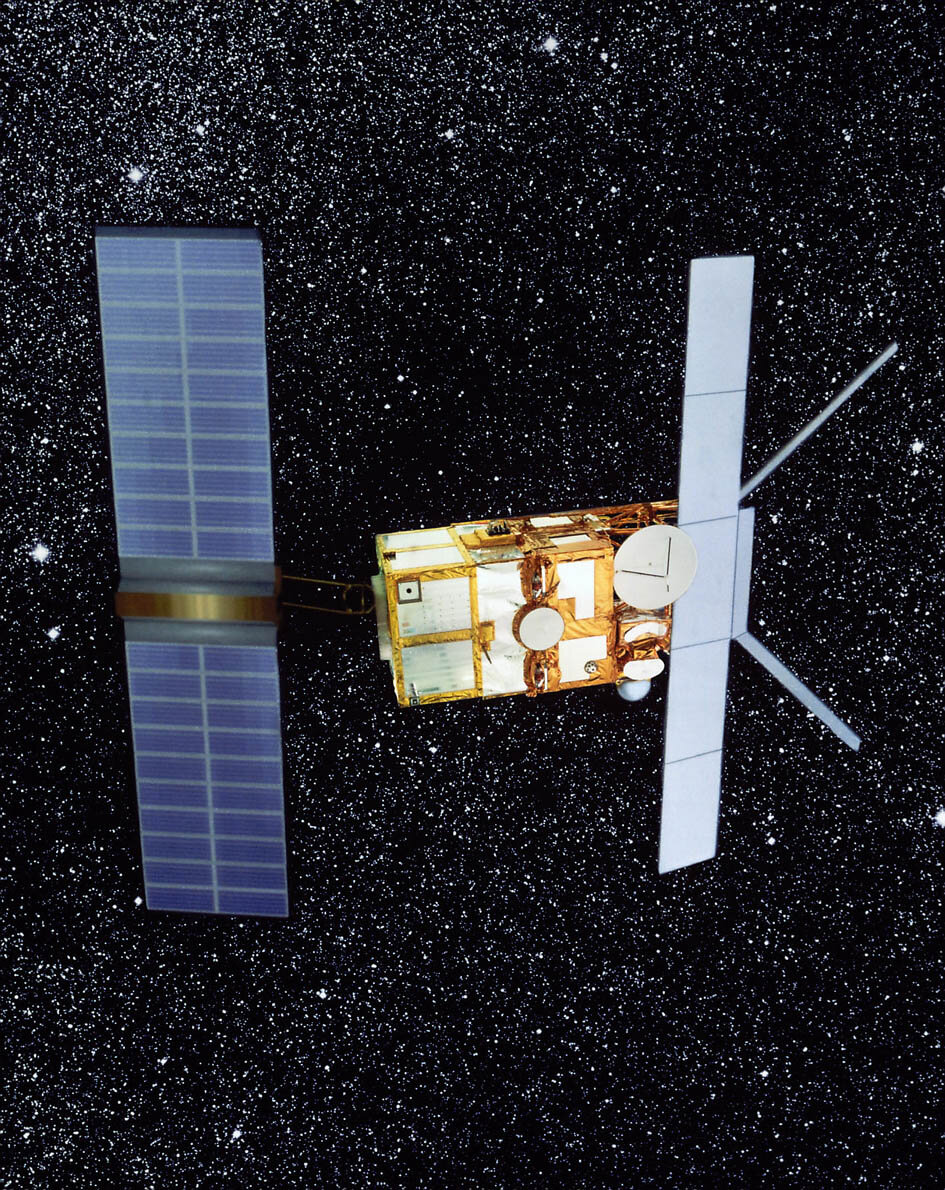
How long have you been at ESA?
This year I’ll have spent 22 years at ESTEC. Having started on radar Earth observation instruments, I was assigned the task of defining the follow-up programme for ERS-1 & 2, which is known today as the Advanced Synthetic Radar Aperture instrument aboard ESA’s Envisat environmental satellite, followed by work on Meteosat Second Generation, the more advanced follow-up to the original European meteorology satellite series.
About five years later, I got the unique opportunity to continue my career in the telecommunications field, having since worked on WEST, Domino2 and AmerHis technology-development projects.
What comes next for you, after launch?
Having spent 18 years in industry and almost 22 years at ESTEC, there is unfortunately not so much time left for another involvement in a big space project. I think I will concentrate on running smaller research and development projects and when possible giving support to other projects, as I already do for Small GEO, which involves developing a general-purpose small-scale geostationary satellite.

Do you have tips for anyone aspiring to a space career?
Based on my experience working for both industry and ESA, I think people interested in space should not aspire to join ESA immediately after their university education. It is quite important to gain practical experience alongside theoretical background knowledge, since being involved with projects means collaborating with highly experienced industrial experts. And then practical knowledge is a vital ingredient…


